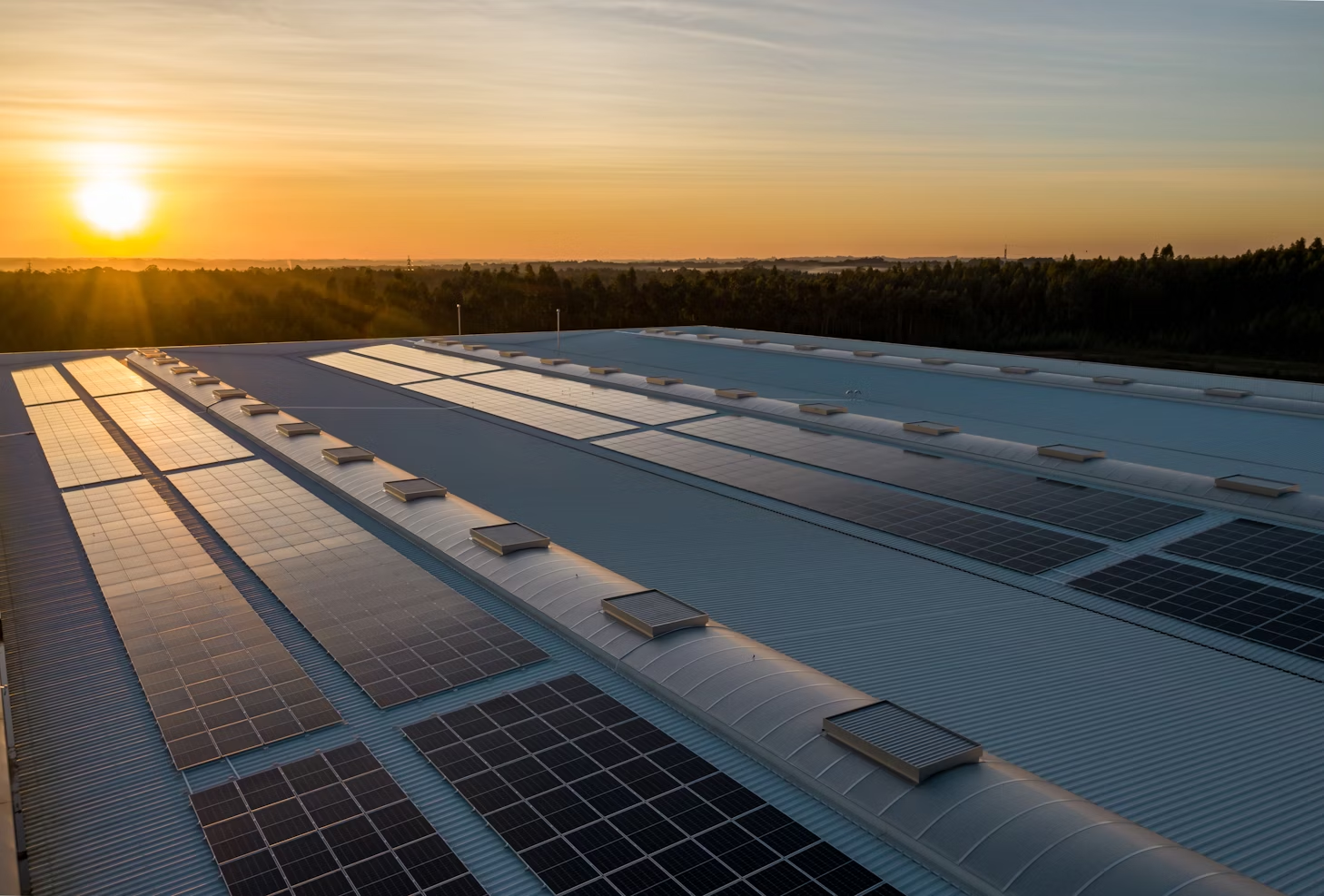Scope 3, the secret lever for a responsible carbon footprint

What if your international payments were the key to reducing your carbon footprint? Scope 3, these indirect emissions that are often ignored, represent a major challenge for businesses. Discover how this little-known lever can transform your international exchanges into a sustainable asset — and how solutions like Keewe support you in this responsible revolution.
Introduction: Scope 3, a challenge and an opportunity
The carbon footprint has become an essential indicator for measuring the climate impact of businesses. But did you know that most of this footprint is often beyond the direct control of managers? Welcome to the world of Scope 3: these indirect emissions, hidden in the shadows of your value chain, which weigh heavily on your carbon footprint. For internationally oriented French SMEs and ETIs, they represent both a complex challenge and a secret lever for action.
Understanding Scope 3, measuring it, grasping its regulatory importance and identifying strategies to reduce it: these are the keys to transforming a constraint into a competitive advantage. In this article, we will decipher this essential concept, explain its decisive role in the carbon footprint, and explore how to deal with it — with, as a bonus, a concrete example like Keewe.
Scope 3: A dive into the invisible
To understand the link between Scope 3 and the carbon footprint, let's start with the basics. The carbon footprint measures all greenhouse gas (GHG) emissions — CO2, methane, nitrous oxide — generated by an activity or an organization, expressed in tons of CO2 equivalent (tCO2e). These programs are classified into three categories by the Greenhouse Gas Protocol :
- Scope 1 : Direct emissions (e.g.: fuel from company vehicles).
- Scope 2 : Indirect emissions related to purchased energy (e.g. electricity).
- Scope 3 : All other indirect emissions from the value chain (purchases, transport, use of products).
Scope 3 is the largest and the most elusive. It covers 15 sub-categories, according to the GHG Protocol, including:
- Goods and services purchased (e.g. raw materials).
- Transport and distribution (upstream and downstream).
- Business travel.
- The use and end of life of the products sold.
For an exporting SME, this includes the impact of foreign suppliers, international payments, or maritime transport. Result? Scope 3 can represent 70 to 90% of the total carbon footprint, depending on the sector. It is a discreet giant, but impossible to ignore.
How is Scope 3 calculated?
Measuring Scope 3 is a complex but essential exercise. Unlike Scopes 1 and 2, which rely on internal data (fuel consumption, electricity bills), Scope 3 requires the collection of information that is often external and fragmented. Here are the main steps:
- Value chain mapping
Identify all indirect activities: suppliers, logistics, product use. For example, a textile company must identify its cotton suppliers, its carriers, and even the washing habits of customers.
- Data collection
Two approaches coexist:- Primary data: Specific information provided by partners (e.g. emissions reported by a supplier).
- Secondary data: Estimates based on sectoral averages (e.g. kg CO2e per euro spent, via databases such as ADEME).
- Emission Factors
Apply coefficients to convert data into emissions (e.g. 0.5 tCO2e per ton of ocean freight). These factors come from recognized databases (IPCC, ADEME, or Carbon Trust which offers practical examples to refine your calculations).
- Aggregation and analysis
Compile the results to get the big picture. Tools such as carbon assessment software (e.g. Sami, Carbo) or specialized consultants can simplify this process.
Let's take a concrete example: an international payment via SWIFT. The impact includes the energy of bank servers, financial intermediaries, and associated operations (transport, production). Without primary data, an average estimate (e.g. 0.1 kg CO2e per transaction) is used. It's imprecise, but it gives an order of magnitude.
Why Scope 3 dominates the carbon footprint
Scope 3 is not a detail: it is often the main contributor to the carbon footprint. According to the CDP, Scope 3 represents on average 11 times the emissions of Scopes 1 and 2 combined.
Why does Scope 3 weigh so much? Because it reflects the interconnected reality of modern commerce. A company does not live in a vacuum: its emissions depend on its suppliers, customers and logistics partners. In sectors such as industry or international trade, this interdependence is exploding.
An example: a French SME that imports electronic components from Asia. Scope 1 (its machines) and Scope 2 (its electricity) weigh little compared to Scope 3: mineral extraction, factory manufacturing, transport by plane or boat. Even international payments, via their infrastructures, add a layer of indirect emissions.
This dominance has a clear consequence: reducing your carbon footprint without attacking Scope 3 is like emptying a pool with a spoon. But it also opens a door: each point in Scope 3 is a potential lever for action.
The regulatory importance of Scope 3
Scope 3 is no longer an option. In France, the law requires companies with more than 500 employees to publish a carbon balance sheet including these indirect emissions since 2022 (article 301 of the Climate and Resilience Law). The European Union is strengthening this trend with the CSRD directive (Corporate Sustainability Reporting Directive), which extends these obligations as early as 2024.
But it's not just a legal requirement. Customers, investors and partners are demanding more and more transparency. A company that ignores its Scope 3 risks losing markets to more responsible competitors. Conversely, those who master it stand out in a world where CSR is becoming a criterion of choice.
Strategies to reduce Scope 3
Reducing Scope 3 requires a proactive approach. Here are the main strategies, applicable to any type of business, including those involved in international trade:
- Optimizing suppliers
Choose partners with sustainable practices (e.g.: ISO 14001 certifications, renewable energy). An SME can renegotiate its contracts to reduce the impact beforehand.
- Reduction in transport
Promote sea freight instead of air (10 to 20 times less emissive) or relocate certain stages of the supply chain.
- Responsible design
Produce durable and recyclable goods to limit the downstream impact (use and end of life).
- Digitalization and transparency
Use tools to measure and monitor your indirect emissions in real time. This makes it possible to identify hot spots and to act quickly.
- Compensation and investment
Finance ecological projects (reforestation, clean energies) to neutralize some of your residual emissions.
And this is where a solution like Keewe comes into play, by combining measurement and concrete action.
Keewe: An example of a Scope 3 strategy in action
If Scope 3 is a lever, Keewe is a brilliant demonstration of it. This French fintech is transforming international payments — an item often overlooked in Scope 3 — into a tool for reducing the carbon footprint.
How? Thanks to its Green FX technology, Keewe measures the carbon impact of each transaction (servers, banking networks, supplier context). Then, it pays 15% of its remuneration (the exchange rate gap) to finance environmental projects chosen by its customers: carbon offsetting, coral restoration, marine depollution. All with a platform without superfluous fees (transfers, management), covering more than 130 currencies, even exotic ones.
For an exporting SME, it is a double win: competitive payments and a better controlled carbon footprint. Each transfer becomes a brick in a solid CSR strategy, with an impact certificate at the end of the day. Keewe does not solve all of Scope 3, but it illustrates how a specific segment (financial flows) can become a powerful lever.
Conclusion: Take the reins of Scope 3
Scope 3 is not inevitable. It is an invitation to rethink your practices, to measure what matters, and to act where the impact is greatest. By understanding its role in your carbon footprint, calculating it accurately, and adopting appropriate strategies — like Keewe's — you transform a challenge into an opportunity.
In a world where sustainability is shaping the future of business, Scope 3 is your secret lever. Ready to seize it? To learn more about solutions like Keewe, visit www.keewe.eu. Together, let's make each exchange a step towards a responsible future.







